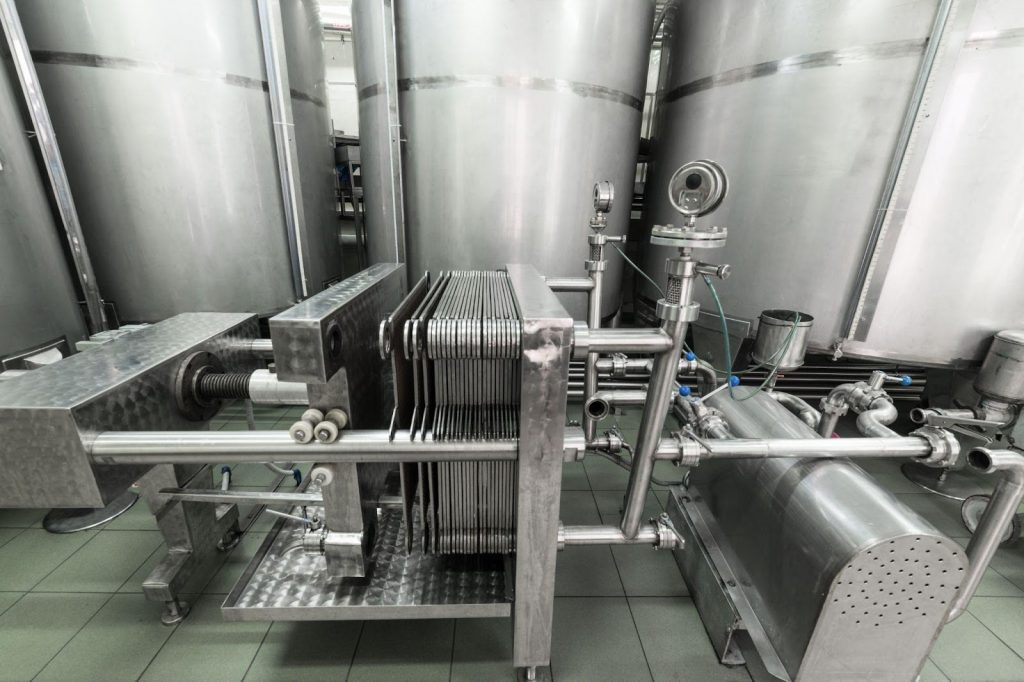A filter press is a widely used industrial tool for solid-liquid separation. If you’re curious about how filter presses work, this article will provide a comprehensive overview. From its structure and operation to the filtration process, we’ll explore the key aspects that make filter presses efficient and reliable.
Understanding the Filter Press Structure
A filter press consists of several components, including a frame, filter plates, a hydraulic system, and a filter cloth. Each part plays a crucial role in the filtration process.
The Filtration Process
The filtration process of a filter press involves several stages, including filling, filtration, and cake discharge. Let’s delve into each step to understand how a filter press achieves solid-liquid separation.
Step 1 – Filling
To initiate the filtration process, the filter press is filled with a slurry, a mixture of solid particles and liquid. The slurry enters the press and flows through the spaces between the filter plates.
Step 2 – Filtration
Once the filter press is filled, the hydraulic system applies pressure to the slurry. This pressure forces the liquid component to pass through the filter cloth while retaining the solid particles. The filter cloth acts as a medium, allowing the liquid to escape while retaining the solids on the filter plates.
Step 3 – Cake Discharge
After the filtration process, a solid layer called a cake forms on the filter cloth. The cake contains retained solid particles. To remove the cake from the filter press, it undergoes a discharge process facilitated by the hydraulic system.
Benefits and Applications of Filter Presses
Filter presses offer various advantages and find applications in several industries. Let’s explore some benefits and examples of their utilization.
Efficient Solid-Liquid Separation
Filter presses provide efficient solid-liquid separation, ensuring high-quality filtrate and dewatered solids. They are commonly used in industries such as mining, chemical, and wastewater treatment.
Environmental Remediation
Filter presses play a vital role in environmental remediation processes, such as soil decontamination and sludge dewatering. They help remove harmful contaminants from the environment, making it safer for ecosystems and human health.
Pharmaceutical Industry
The pharmaceutical industry relies on filter presses for various applications, including the purification of active pharmaceutical ingredients, separation of impurities, and clarification of liquids during drug manufacturing.
Conclusion:
In conclusion, a filter press is an essential tool for solid-liquid separation, designed to efficiently remove liquid from a slurry while retaining the solid particles. With its well-defined structure, filtration process, and numerous benefits, filter presses find application in diverse industries. Whether it’s environmental remediation, mining, or pharmaceuticals, filter presses play a vital role in ensuring efficient and reliable separation processes.
Article Summary
Discover how a filter press works and its importance in solid-liquid separation. This article provides insights into the structure, filtration process, and applications of filter presses. From filling the press with a slurry to cake discharge, each step is explained, highlighting the role of the hydraulic system and filter cloth. With benefits like efficient separation and applications in industries such as environmental remediation and pharmaceuticals, filter presses are crucial tools for achieving high-quality filtrate and dewatered solids.

